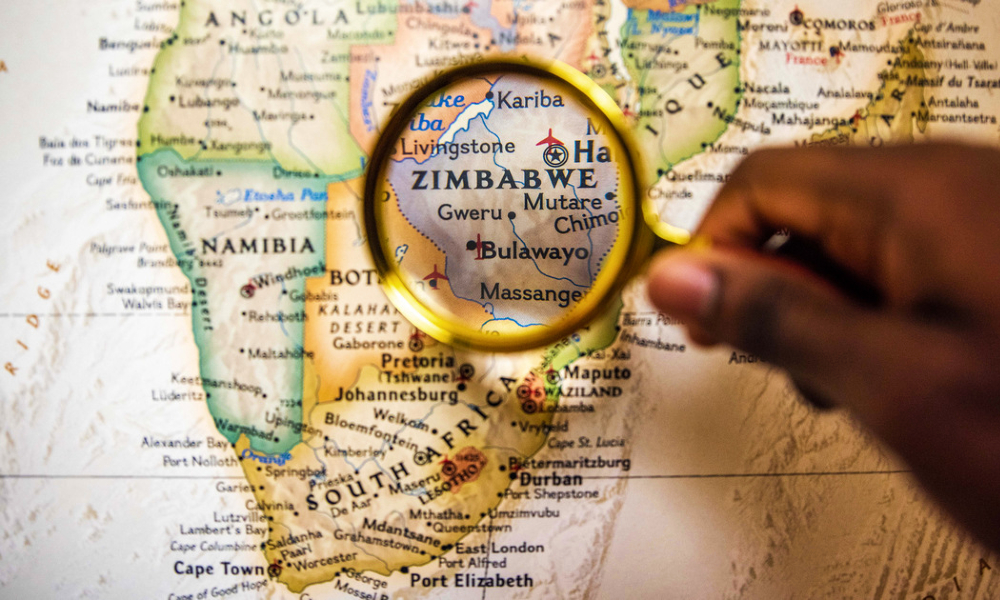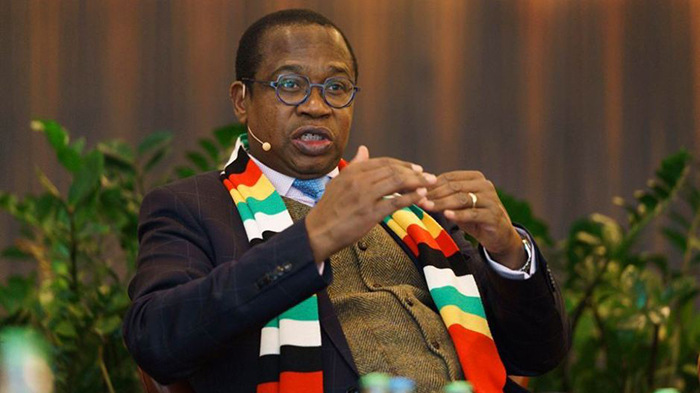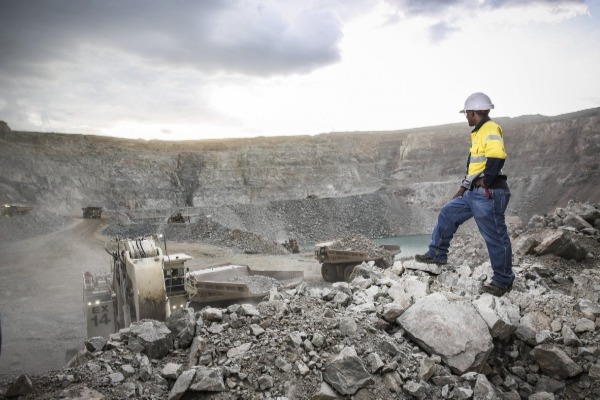Zimbabwe poised to be fifth largest lithium producer
Zimbabwe is poised to be the world’s fifth largest primary producer of lithium by 2025 taking advantage of the several massive investments worth almost a combined $1 billion injected in the past two years, a mining consultancy firm has noted.
The capital outlay is coming primarily from Chinese companies, many of which are mid – or downstream manufacturers to ensure a stable supply of lithium to their operations in China.
With lithium demand from the battery industry expected to increase almost 150 percent in the next five years, these investments are crucial to their businesses, a battery markets analyst at mining consultancy CRU, Mr Cameron Hughes said in a report.
CRU offers business intelligence on the global metals, mining and fertiliser industries through market analysis, price assessments, consultancy and events.
Lithium is the booming mineral in the Zimbabwean mining sector, with world demand rapidly rising as manufacture of lithium-ion batteries soars and Zimbabwe holds one of the largest reserves in Africa of the preferred hard rock deposits and the most easily accessible.
Lithium has become a much sought-after mineral across the world as the automotive industry is shifting towards electric cars that among other valuables, use lithium-ion batteries.
Chinese mining companies are the main drivers of development in the region with Zhejiang Huayou Cobalt, Sinomine Resource Group, Chengxin Lithium Group, Yahua Group and Canmax Technologies all investing in purchasing or developing lithium projects, the mining consultancy firm noted.
“The second quarter of 2023 was a period of notable expansion. In April, Premier African Minerals began production at its Zulu mine having previously signed a 48 000 t/y spodumene concentrate offtake agreement with Chinese energy materials company, Canmax Technologies.
“Meanwhile, Chengxin’s Sabi Star project began trial production at its 300 000t/y concentrate plant in early-May following a $130 millon investment in the project.
“A 450000t/y mixed concentrate plant was completed at Huayou’s Arcadia project in early June. The site was acquired from Australian mineral exploration company, Prospect Resources, in April 2022 for $422 million with an additional $300 million investment, the plant took nine months to construct,” said CFU.
It added that after Sinomine paid $180 million for the Bikita project in January 2022, it has invested another $300 million in expanding its petalite concentrate capacity to 480 000t/y, up from only 50 000 t/y.
“Overall, bringing these plants online has required almost $1 billion in combined development capital over the last two years. This wave of investment can be attributed to the limitations on lithium production in China. Although significant production capacity is anticipated to come online in China over the next five years, an additional 137 000t/y LCE by 2027, issues with low grades, high waste generation and high Mg:Li ratios in brines has caused a stream of Chinese companies to look elsewhere.”
Given the recent Chinese capital spending, Zimbabwe’s lithium production capacity is anticipated to increase significantly. Rising from 13 000 t/y LCE in 2022, all of which was petalite production, to 192 000t/y LCE of petalite and spodumene capacity in 2027, CFU noted.
“These investments will place Zimbabwe as the fifth largest primary producer of lithium by 2025, after Argentina, contributing more than either Canada or Brazil. The equity is coming primarily from Chinese companies, many of which are mid- or downstream manufacturers, to ensure a stable supply of lithium to their operations in China.”
It said in the long term, Zimbabwe will remain the largest producer of lithium in Africa, adding that it is important to note other countries such as Mali, the Democratic Republic of Congo and Namibia will also experience significant growth in the coming years due to recent investments.
In 2019, the Second Republic launched the US$12 billion mining industry roadmap to be attained by the end of this year with lithium expected to contribute US$500 million.
Gold, which is the major foreign currency earner, is expected to contribute US$4 billion, platinum (US$3 billion), diamonds (US$1 billion) while chrome, ferro-chrome and carbon steel will generate US$1 billion, and coal (US$1 billion).
Other minerals are expected to generate US$1,5 billion.
Before the launch of the mining industry roadmap in 2018, mining exports generated US$2,7 billion annually but the figure jumped to US$5,3 billion by 2021.-chronicle








